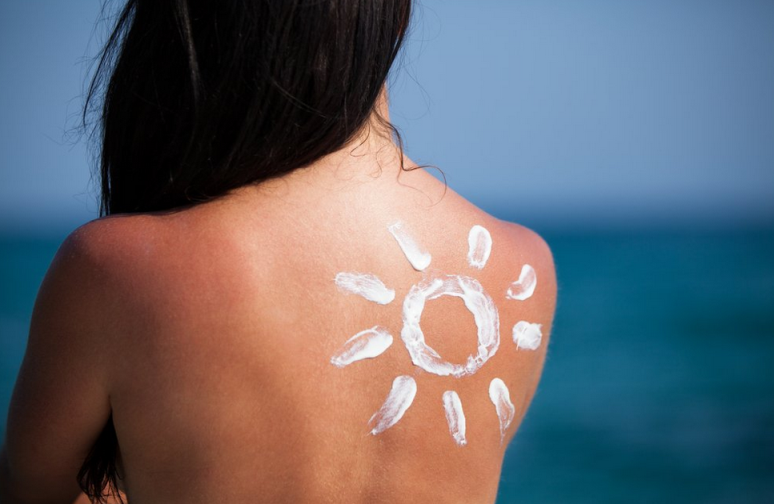If you are allergic to the sun, it is important to introduce some restrictions into your life. Read more in the article.
Contents
- Is there an allergy in the sun: what looks like, photo
- Allergies in the sun: what is it called?
- Why is allergies developing in the sun in an adult, a child: causes
- Types of allergies in the sun
- Signs of allergies in the sun: how does it appear?
- Symptoms of allergies in the sun: itching, rash, red spots, eyes watery
- Allergies appeared in the sun: diagnosis
- Allergies on the sun on the skin of hands, face - what to do if such a disease appeared: tips
- Allergies in the sun in children - a child year: what to do?
- Allergies in the sun: can you swim in the sea and when?
- Allergy after the Sun - how to treat: what are effective drugs, tablets, ointments, creams, other products?
- Is it possible to cure allergies in the sun?
- Sun allergies: prevention
- Sun allergies: reviews
- Video: Allergies in the sun. We rejoice on the fly without problems - we treat allergies in the sun. 12+
In normal condition, the skin is not exposed to the harmful effects of sunlight. But, if some pathology appears, deviations in the health and state of a person, the skin after exposure to scorching rays, heat, can be covered with a rash. This is called an allergy in the sun. What is this pathology? Why is it developing? Is it possible to recover from her? Look for answers to these and other questions in this article.
Is there an allergy in the sun: what looks like, photo
The fifth of the entire population of the planet in the summer season has an increased sensitivity of the skin to the sun's rays. Is there an allergy to the sun? Yes, sometimes.
This condition is found in all age groups, characteristic of people of any race, and is more common in women. What does it look like? It manifests itself in the form of a rash accompanied by itching. Here is a photo:
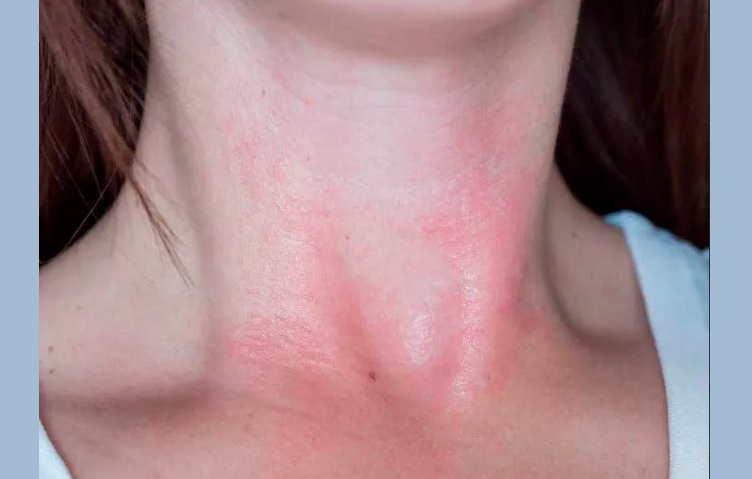
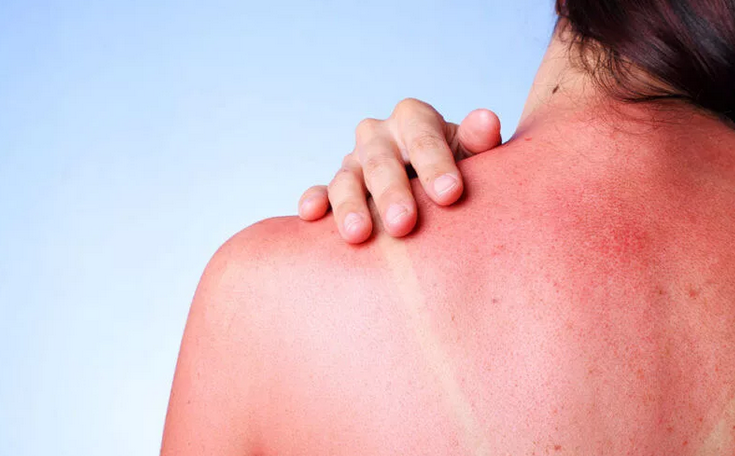
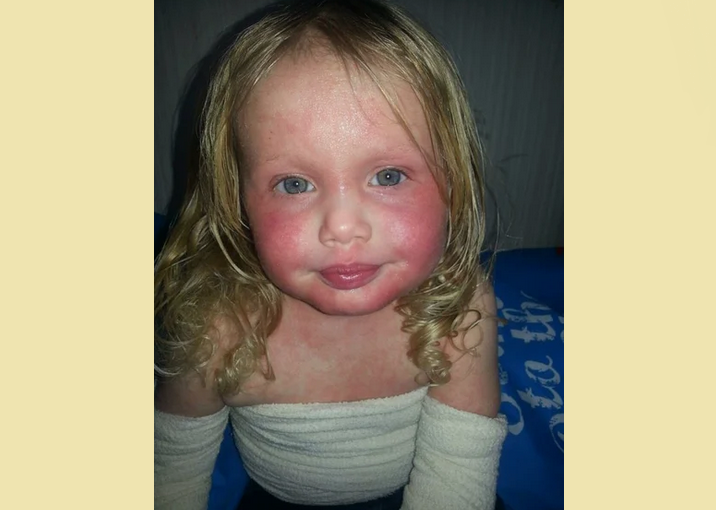
Allergies in the sun: what is it called?
The allergy in the sun is called photodermatosis - Greek. “Photos” - “light”, “dermatos” - “leather”. Refers to skin diseases developing under the influence of sunlight. In medicine, there is a special MKB code related to the L56 class - "skin diseases and subcutaneous tissue associated with radiation." This group includes:
- A medicinal phototoxic reaction
- Medicinal photo allergic reaction
- Photocontact dermatitis
- Solar urticaria
- Polymorphic light rash
A lot of people suffer from allergies in the sun. Especially, people living in the northern regions are subject to the development of this pathology. Their skin is not adapted to scorching rays, so burns and allergies often occur.
Why is allergies developing in the sun in an adult, a child: causes

An allergy to the sun in an adult and a child develops in the presence of photosensitizers in the skin. These are substances that increase the sensitivity of the dermis to the sunlight. This is one of the main reasons for the development of pathology. Photoshensitizers can be internal and external:
Internal photosensitizers - are formed in the body, through the blood they penetrate the skin, under the influence of the sun they activate and destroy the skin cells, causing inflammation. The basis of the body's functions is based. Such conditions include:
- System red lupus. As a result of impaired immunity, their cells (autoantitegies) are formed under the influence of light, they destroy skin cells.
- Violation of porphyrin metabolism. Porphyrins are formed, in sunlight they activate and damage the skin. An additional feature is an increase in the liver, spleen and violation of their functions.
- Pellagra. It is associated with a deficiency of nicotinic acid, tripophanes, B vitamins and protein starvation. The risk factor for the development of this disease is alcoholism, diseases of the gastrointestinal tract. It appears: dermatitis, dementia, diarrhea.
- Light smallpox - It begins in childhood, more often in men's sex. There are rashes on the skin when being in the sun, the reason is not yet clear.
External photosensitizers - They enter the body from the outside. Paths of penetration:
- Injection
- Outer
- Admission orally
Examples of external photosensitizers:
Medicines:
- Antibiotics - sulfanilamide drugs, tetracycline, fluoroquinolones
- Antifungal drugs - Grisoofulvin
- Sedding means - barbiturates
- Eminasin is a neuroleptic
- Oral contraceptive - estrogen -containing
- Diuretics - Lazix, Indapamide
- Heart drugs - cordaron, cardiomagnil
- Non -steroidal anti -inflammatory - aspirin
These groups of drugs play the role of photosensitizers, both when taking orally and external use.
Perfume and cosmetic products. The composition may be present:
- Paraiaminobenzoic acid
- Essential oils
- Boric acid
- Mercury compounds
Decorative cosmetics. Contains:
- Eosin
- Musk
- Ambergris
To avoid troubles, you need to know the composition of cosmetics and drugs. It is important to consult with the attending doctor and cosmetologist about the possibility of being in the sun when using them.
Plant Furokumarins:
- Buckwheat
- Clover
- Angelica
- Borschevik
- St. John's wort
- Lupine
During a walk near flowering herbs in sunny weather, the pollen of plants settles on the skin and causes allergic manifestations under the influence of light.
Food and drinks:
- Fruits - grenade, citrus fruits
- Vegetables - carrots
- Greens - parsley
Advice: Be neat in the diet and the use of juices during walks in the sun.
Types of allergies in the sun
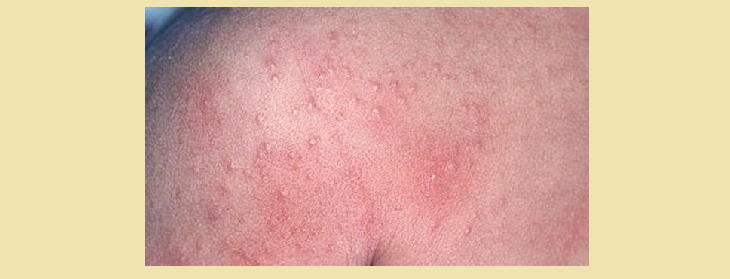
There are two mechanisms of action of pathogenic solar irradiation on the skin:
- Photo -traumatic: damage to the skin layers with prolonged contact with sunlight. It is manifested by a sunburn.
- Photodynamic: A group of diseases in which photosensitizers are in the skin. They increase the sensitivity of skin cells to the solar spectrum.
Types of allergies in the sun:
- Photo allergic reactions: They are characteristic of people with an allergic predisposition, which, after repeated irradiation with light and taking a photosensitizer, a skin rash occurs.
- Photoxic reactions: They occur against the background of health, with a high dose of the accepted photosensitizer and prolonged solar irradation.
In any case, the skin must be protected. Otherwise, there may be severe burns, rash or other unpleasant symptoms.
Signs of allergies in the sun: how does it appear?
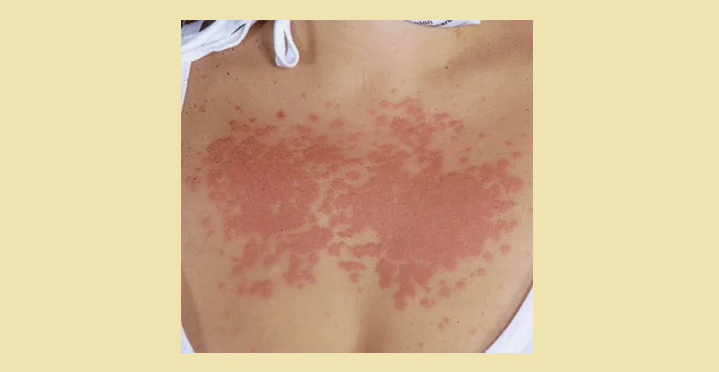
The manifestations of signs of allergies in the sun depends on the age, the amount of photosensitizer in the skin, the duration of the sun and the characteristics of the body.
- Time of manifestation: from one hour to several days.
- Duration of symptoms: from several days to a month.
- Current: acute or chronic - annually repeats in the summer seasons.
- Localization: usually open areas of the body or zone are affected, where a photosensitizer was applied, for example, a neck in the field of spirits.
- Skin manifestations: rashes of various types and redness.
Children and elderly are more sensitive to solar damage. The degree of skin diseases in them is expressed and manifested faster than on the skin of an adult.
Symptoms of allergies in the sun: itching, rash, red spots, eyes watery
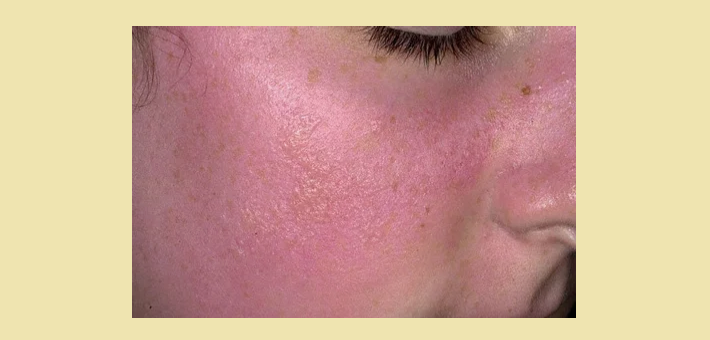
An allergy to the sun is a disease with its symptoms. Naturally, each person has such a pathology in his own way, but there are similar symptoms. Here are the main symptoms of allergies in the sun:
- Itching, rash
- Hyperemia - redness of body areas, red spots
- Bubble rashes of various diameters: from microsevicula to bubbles
- Cracks with deep lesion of skin layers
- Dryness, peeling, exfoliation of the epidermis
- Pigmentation
- The phenomena of conjunctivitis with damage to the paraorbital region, eyes watery
General symptoms: malaise, pressure reduction, headache.
Allergies appeared in the sun: diagnosis
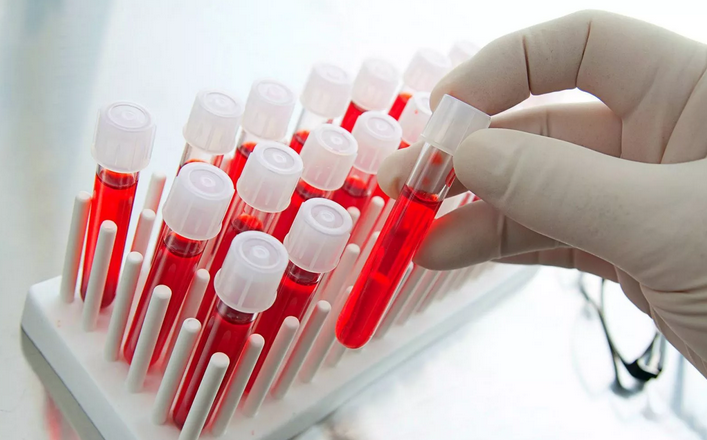
If you have an allergy to the sun, you must consult a doctor for advice. He will make a preliminary diagnosis and prescribe a diagnosis. Stages of these procedures:
- Collection of anamnestic data
- Inspection of the skin
- Clinical minimum tests: blood test, general urine test
- Parasitology tests to exclude helminthic lesions
- Instrumental examination of internal organs: ultrasound, computed tomography
- Laboratory examination: biochemical assessment of internal organs
- Allergy tests and provocative tests
- Skin biopsy - with prolonged poorly treating treatment process
Since the causes of photodermatosis are diverse, without consulting experts it will be difficult to understand the diagnosis. You will need to visit such specialists:
- Dermatologist
- Allergist
- Pediatrician
- Therapist
The purpose of the examination is the exclusion of internal "breakdowns" of the body and the search for external factors of provocations of the disease.
Allergies on the sun on the skin of hands, face - what to do if such a disease appeared: tips
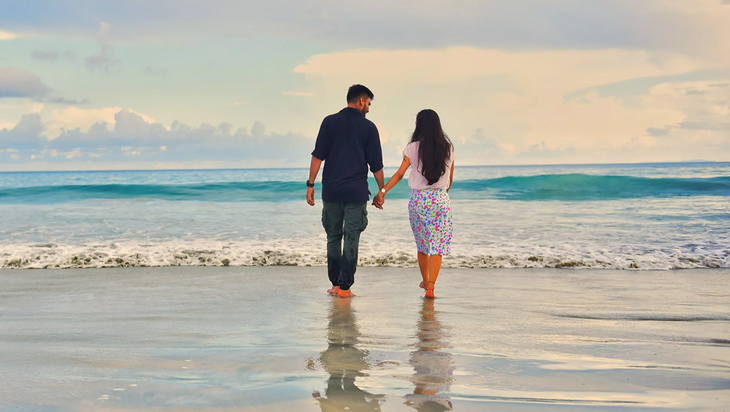
How to prevent manifestations of photodermatosis? If such a disease appears, you must first consult a doctor. He will prescribe diagnostics and on the basis of it, prescribe drugs. What else to do if there is an allergy in the sun on the skin of the hands and face? Here are some tips:
- Take sunbathing in a comfortable time of the day: up to 10 a.m. and after 5 pm.
- Are under the influence of the bright sun no more than 30 minutes.
- Do not use cosmetic and perfumes before going to the sun.
- Do not apply decorative cosmetics to the skin.
- Use protective creams with a high index and apply them half an hour before leaving the house.
- After water procedures, do not rub the skin with a towel and then be in the shade, protecting yourself from the scorching sun.
- Use the hats, protect the open areas of the body, putting on a whisper with white hands in white.
Do not neglect the advice and recommendations of the doctor.
Allergies in the sun in children - a child year: what to do?
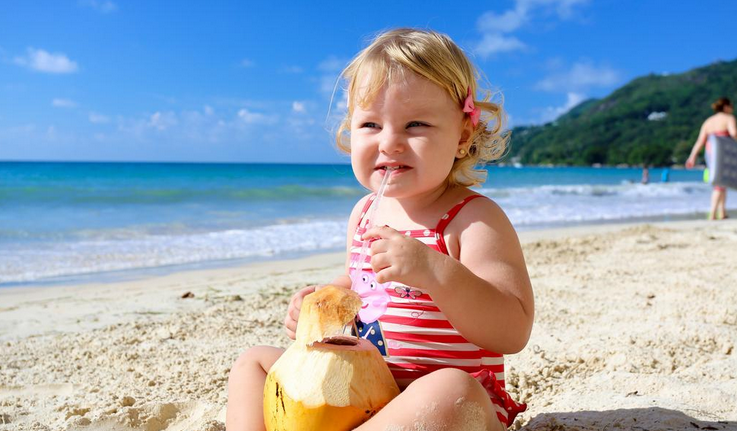
Children's skin as a result of its immaturity is more often exposed to sunlight. Features of the manifestation of allergies to the sun in children:
- Some fruits (tangerines, grapefruit) can provoke skin manifestations in the light.
- Children with an unfavorable background: food allergy, long -term viral diseases are more often susceptible to photodermatosis.
- The difference from food allergies is the defeat of only open areas of the body.
- The child needs less time to be in the sun so that rashes appear, and the process wears deeper defeat.
- It must be remembered that sunscreens will not always protect the child. Their components (paraiaminobenzoic acid) can be a photosensitizer.
Important: It is dangerous for children to be on the street during the scorching sun.
Underdevelopment of the cell composition of the dermis, reduces the protective function of the skin of the child. The manifestations of solar allergies in infants up to a year are not particularly different from an adult, although symptoms of a general nature can prevail:
- The temperature is possible
- Lethargy
- Reduction of appetite
First aid to the baby for allergies to the sun - what to do:
- Take the child in the shadow.
- No need to open the bubbles and begin to smear with medicines, if not sure of the cause of the rashes.
- Give an antihistamine, better than the second generation. For example, "cetirizine" - a convenient form of release (drops), permitted from 6 months. If a child can use “phenystil-canopers” for more than a month. They will relieve itching and inflammation of the skin.
- With the concern of the child, give paracetamol in syrup. It will anesthetize and calm him down.
- Contact a specialist to clarify the cause of rashes and the correct selection of drugs for the treatment of the disease.
With confidence in the allergic origin, you can independently use the “Fenistil-gel” or “Dexpanthenol”-ointment. Hormonal preparations are best used after examination by a specialist.
Allergies in the sun: can you swim in the sea and when?
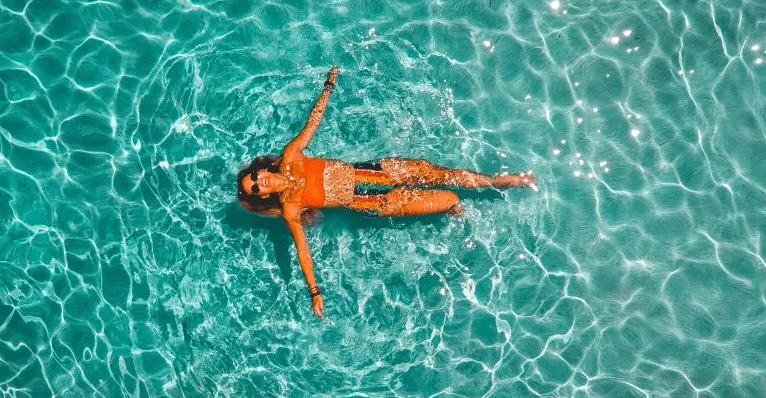
If you relax at sea and noticed that you have an allergy in the sun, then it is better to postpone water procedures. With the manifestation of symptoms in the form of a rash, bubbles and itching and soreness of the skin, people often have the question: is it possible to swim in the sea and when?
With an active inflammatory process during allergies on the sun on the skin, from water procedures it is worth refraining until the symptoms are subside. Amid anti -allergic treatment within 3-5 days The skin will be restored and you can continue bathing.
Allergy after the Sun - how to treat: what are effective drugs, tablets, ointments, creams, other products?
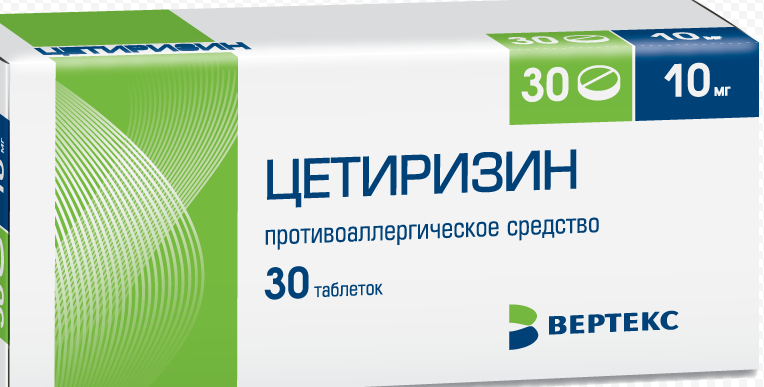
An allergy after the Sun is a pathology that is manifested by unpleasant symptoms. Definitely, you should not engage in self -medication. It is necessary to provide first aid, and then consult a doctor to clarify the possible causes of the disease, especially if this condition is repeated. How to treat such a pathology? What are effective drugs, tablets, ointments, creams, other products? It is important to contact a doctor and adhere to all his recommendations. Here are groups of drugs that can be used:
Antihistamines:
- Have an antipruritic and anti -allergic effect.
- Begin to act when getting inside from the first 15 minutes.
- Different forms of release (drops, syrups, tablets) are suitable for any age.
It is worth knowing: Antihistamines can be different and depending on this, their effect will vary.
The disadvantages of the first generation preparations - Suprastin, Tavegil, Fenkarol:
- Reception up to 3 times per day.
- They cause drowsiness, nausea, increased heart rate.
- Addiction, limit the deadline up to 5-7 days.
- Restrictions on the daily routine and the usual lifestyle: it is forbidden to drive a car and take alcoholic beverages.
The advantages of second -generation preparations - Cetirin, Claritin:
- One -time reception per day
- Does not inhibit the nervous system
- Long -term reception is possible, there is no addiction
Antiallergic ointments-Fenistil-gel:
- Permitted from monthly age
- Are used 2-4 times per day
- Have an antipruritic, anti -inflammatory and analgesic effect
Anti -inflammatory and restoring ointments, creams, gels — Actovegin, Dexpanthenol:
- Apply to the skin 2-3 times per day.
- Allowed by adults and children.
Hormonal drugs - Advantan, Hydrocortison:
- Assign with pronounced inflammation.
What drug is needed for a person to treat allergies, only the doctor decides. Often, the doctor prescribes simultaneously the use of tableted products inside and the use of ointments for skin processing. This complex effect gives good results. If the inflammation is strong and the treatment of antihistamine drugs is not amenable, then hormonal agents are prescribed.
Is it possible to cure allergies in the sun?

Depending on the causes of increased sensitivity to light, a different course of photodermatosis is possible:
- Acute - simultaneous
- Recurrent - repeats from year to year
Is it possible to cure allergies in the sun? In order to find out and not miss the development of serious diseases, it is necessary to consult and be examined by specialists. In general, photodermatosis is treated, but it takes time and adequate therapy prescribed by a doctor.
Sun allergies: prevention
In order for the summer vacation to be comfortable, it is necessary to observe prevention measures that prevent the development of allergies in the sun:
- Lead a healthy and active lifestyle, which helps to strengthen immunity.
- The diet is enriched with fruits and berries, rich vitamins - apples, currants, blueberries.
- Limit the use of sharp and outlandish dishes that are not familiar to the body.
- Do not walk under the active sun in the watch, prefer the morning and evening hours.
- Follow your health and contact specialists at the first symptoms of the disease.
- Do not self -medicate.
- Withstand water balance: for adults up to 2 liters per day, children depending on age.
- Use sunglasses and cream.
- Cover the head with special panamas protecting from the sun.
- Try not to use cosmetics containing photosensitizers.
- It is in the shade during walks: an umbrella, verandas, special awnings.
If you have to walk under the scorching sun for a long time, then you need to wear white cotton clothes with long sleeves. There should be panama with fields on the head.
Sun allergies: reviews
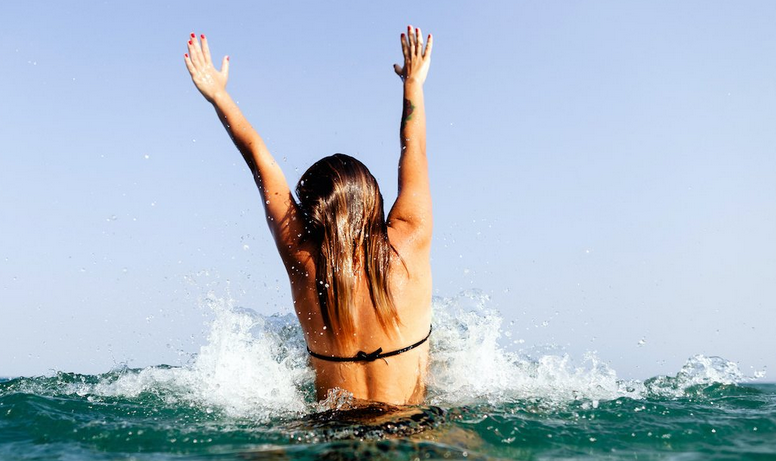
If you have an allergy to the sun repeatedly, then you need to contact the clinic to the therapist or dermatologist. Read other people's reviews about how they coped with such a pathology in the summer of the year.
Tatyana, 28 years old
I was resting with my family in Bulgaria. The child is 3 years old. Let's go to the beach at noon. The first time I put my sunscreen to the child to the child. After 20-30 minutes, a bright spotted rash appeared. I was very scared. I never suffered an allergy. I had to return to the hotel. Bepanten and Zodak was good with him. Released only in the evening. She consulted with a doctor, said that the reaction to the cream under the influence of the sun. Now I am careful about ointments, read the composition and pick up by age.
Dmitry, 37 years old
The last three summer seasons always blushed his face, neck, hands, everything was covered with bubbles. By the end of summer, pronounced pigmentation, peeling. I turned to specialists, they said - contact dermatitis on the bright sun. He accepted Suprastin, applied Akriderm - it seemed to have subsided. The last year everything is very bad. He turned to a new allergist. She talked, looked, scheduled the examination and revealed leather porphyria. Thanks to her, otherwise he would have suffered from allergies to the sun.
Alina, 22 years old
He was treated with a surgeon, took a week "Unidox Solutab." Fighted. There was a burning ticket to the Alupka, another 3 days of medication, took with her. Everything is good for a couple of days, on the third - I drew attention to the bubbles over the body, which were very scratching. She didn’t eat anything exotic, did not drink. Everything is as usual. Not allergic. I had to go to the doctor, said that photodermatosis on tetracycline. He appointed Enterosgel, Claritin and Advantan ointment. After 3-4 days, everything died down. Now I will be more attentive.

